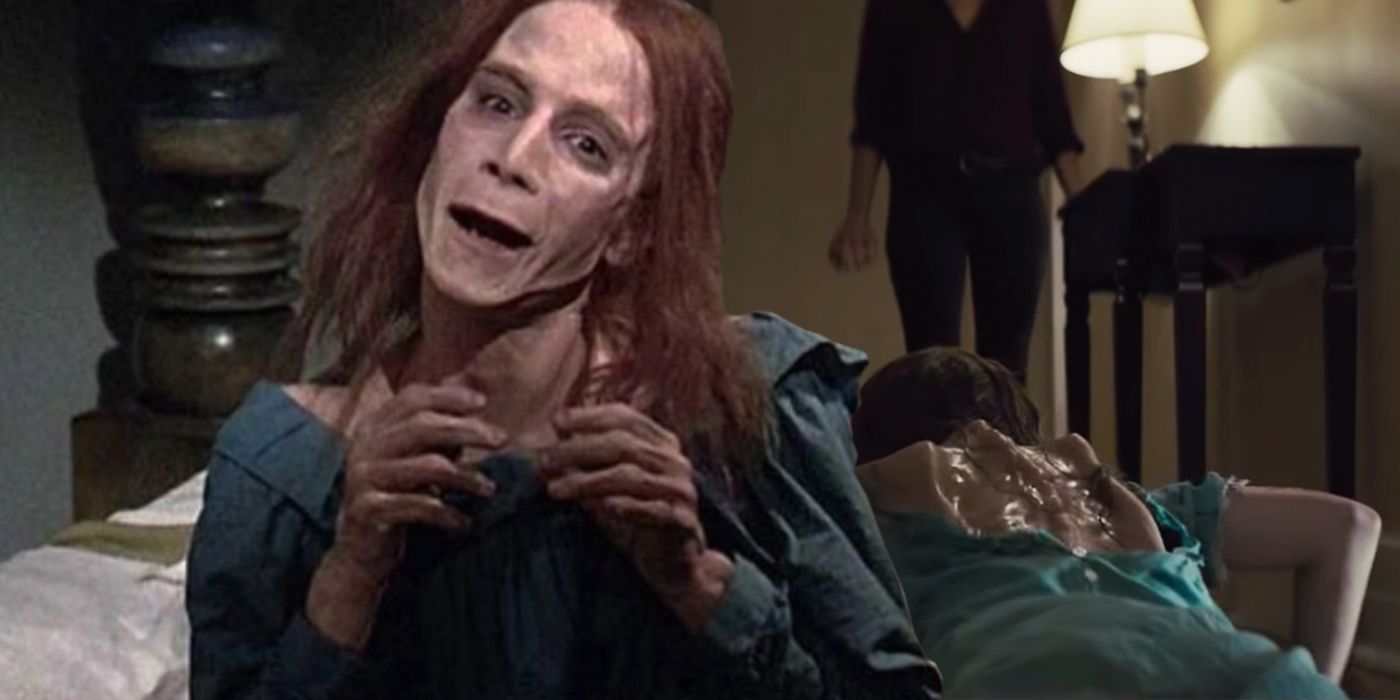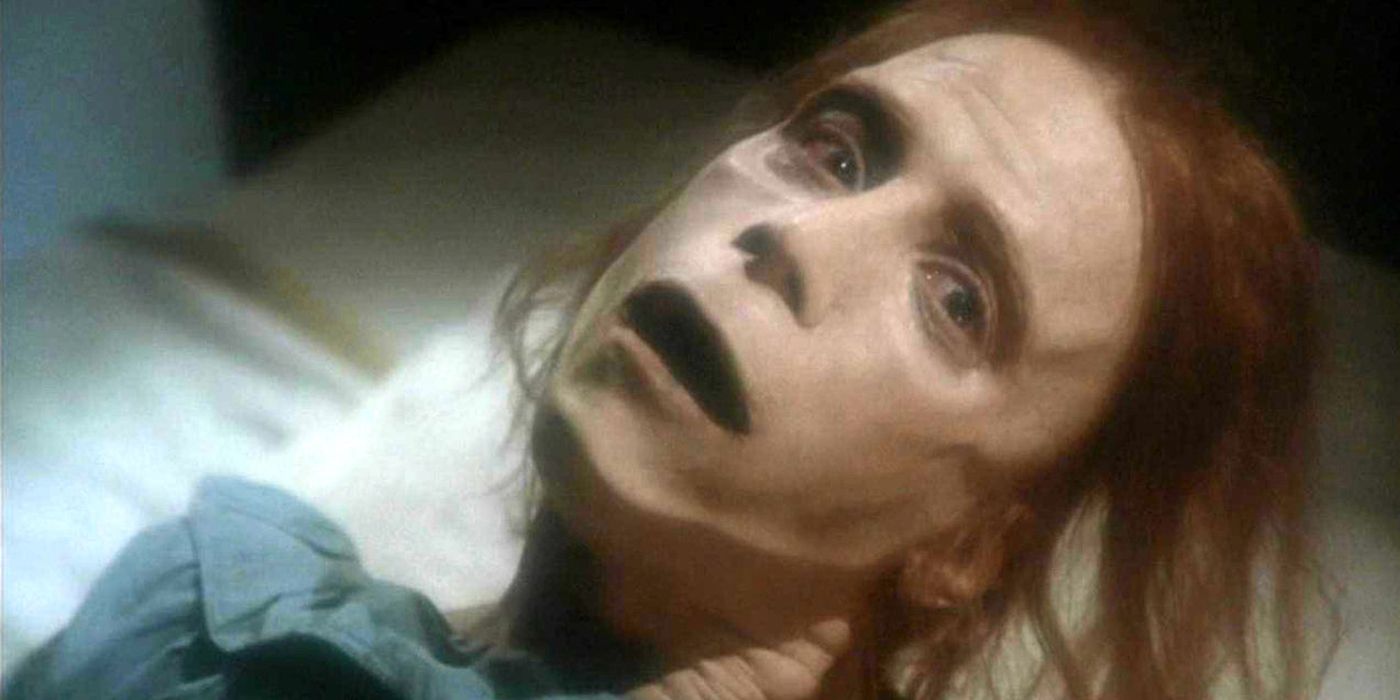As creepy and effective as the character Zelda might be in the latest Pet Sematary adaptation, the original was better. The original interpretation managed to capture the severity of Zelda's illness, while also supporting Rachel's unbridled fear of her sister.
Both adaptations of Stephen King's Pet Sematary include flashbacks of the character Zelda, Rachel Creed's sister. Played by Andrew Hubatsek in Mary Lambert's 1989 adaptation and Alyssa Levine in the latest 2019 version, Zelda is one of the more disturbing elements in Pet Sematary - even in a story where the plot pivots around a zombie toddler on a killing spree (among other things). When mother Rachel was a child, her sister was bedridden on account of spinal meningitis; an infection that caused severe disfigurement. However, instead of feeling sorry for her sister, Rachel was afraid. Even more, she was tired of helping take care of her. To Rachel, Zelda was their family's monster in the bell tower. However, since Rachel was inadvertently the cause of Rachel's untimely death, Zelda's memory haunted her well into adulthood, becoming her worst nightmare.
Related: Pet Sematary 2019 Differences: Biggest Changes To The Book & Original Movie
Zelda is one of the few non-supernatural elements in Pet Sematary, but nevertheless one of the most disturbing - and it's the original version that holds more weight. In the remake, directors Kevin Kölsch and Dennis Widmyer were well aware of the challenge they faced revisiting such an iconic interpretation from the original, and though they did a commendable job - 2019's Zelda is scary - living up to something with some much history on its side was never going to be an easy feat. And the central reason why the original worked so much better for Pet Sematary was on account of how it was handled.
In the original, Zelda wasn't positioned as a victim, but a monster. Everything from the way the camerawork frames Zelda in the original to her impossibly jerky movements to the fact that this young girl was played by a grown man paints her in such a way that she's not just some sick, bedridden child, but as much of a monster as any reanimated corpse in Pet Sematary. She's portrayed how Rachel remembers her, with aggressively heightened realism, and that's why this interpretation works so well.
Now, this isn't to say the latest version of Zelda doesn't offer some memorable scares. This more grounded portrayal relies less on visual shock than it does creepy sound effects. And, when horror films are too often criticized for relying so heavily on shock value over subtlety - including Pet Sematary 2019 itself - this is admirable. Still, the admittedly subjective response to both characters is better served by the original Pet Sematary's more removed-from-reality tone. Zelda isn't Rachel's sister anymore, she's a monster in her head; so, interpreting her as such conveys exactly what sort of horror Rachel is feeling.


